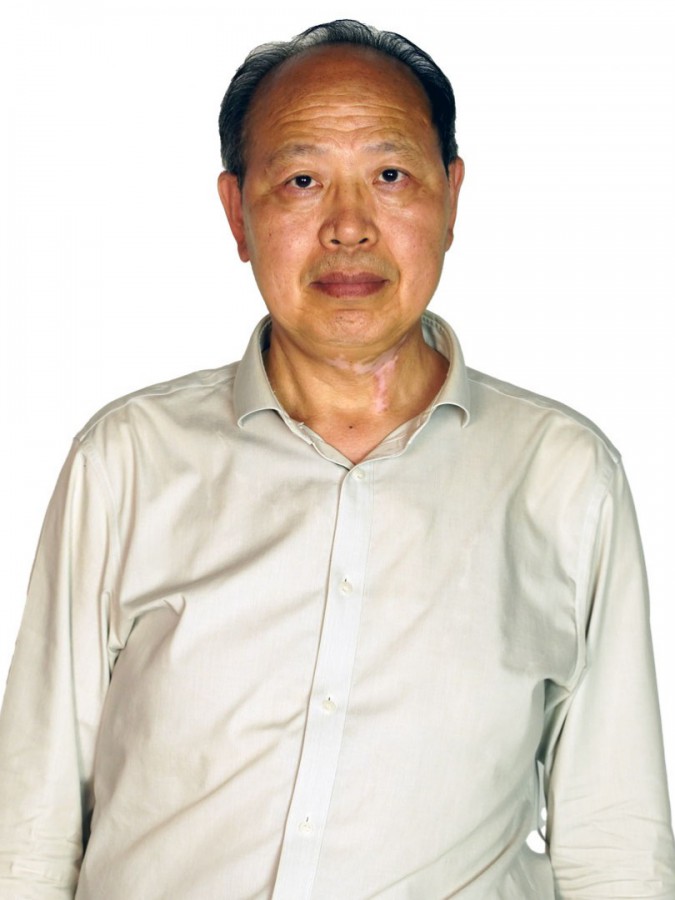resumo
Owing to the intriguing luminescence properties, Eu2+ is one of the most desirable activators for next-generation lighting devices. Yet the application of Eu2+-doped phosphors is limited because of the drawback of inferior luminescence efficiency. Understanding of this issue is generally from perspectives of frame structural rigidity and electronic band structure, while the lack of persuasiveness of this paradigm is frequently noticed. Herein, the analysis is conducted from a fresh view to investigate the outstanding luminescence properties of Eu2+-doped SrMgP2O7 owning the narrow-band emission and near-unity quantum yield. The structural rigidity of materials is elaborately evaluated, and the influence of ionization on the luminescence efficiency of material is carefully discussed. Efforts are also made to assess the effect of vibronic coupling on 4f-5d transition of Eu2+ and clarify the excitation energy transfer route by using X-ray spectroscopy. Based on these discussions, the synergy of weak electron-vibration interaction and inactive ionization causes the suppression of Eu2+ luminescence loss, which is associated with highly rigid local coordination and strong binding of Eu2+ to its valence electrons in the system, respectively. This work provides insight into the luminescence mechanism of Eu2+, which benefits the exploration of novel phosphors with superior luminescence features.
palavras-chave
ELECTRON-VIBRATIONAL INTERACTION; STRUCTURAL RIGIDITY; OPTICAL-PROPERTIES; DIVALENT LANTHANIDES; TRANSITION ENERGIES; STOKES SHIFT; AB-INITIO; CE3+; PHOSPHORS; IONS
categoria
Materials Science; Optics
autores
He, J; Shi, R; Wang, ZQ; Li, MS; Sham, TK; Fu, LS
nossos autores
Projectos
Nano-argilas para remoção/captura de fosfatos (P) e sua reutilização como fertilizante (NATURAL)
agradecimentos
This work was supported by the Guangzhou Science and Technology Planning Project (No. 201904010497) and the Scientific Research Project of Guangzhou University (No. YJ2021001). R.S. acknowledges the financial support from the FCT project NanoHeatControl (POCI-01-0145-FEDER-031469) when appropriate. Dr. Yan Huang (Beijing Synchrotron Radiation Facility, China) and Dr. Zeming Qi (National Synchrotron Radiation Laboratory, China) are acknowledged for the assistance in measurements of VUV-UV spectra and mid-IR reflectance spectrum, respectively. Authors also acknowledge the kind support in the acquisition of measurement resources as provided by Prof. Hongbin Liang (Sun Yat-sen University) when appropriate. Part of the research described in this paper was performed at the Canadian Light Source, a national research facility at the University of Saskatchewan, which is supported by the Canada Foundation for Innovation (CFI), the Natural Sciences and Engineering Research Council (NSERC), the National Research Council (NRC), the Canadian Institutes of Health Research (CIHR), the Government of Saskatchewan, and the University of Saskatchewan. This research used resources of the Advanced Photon Source, a U.S. Department of Energy (DOE) Office of Science User Facility, operated for the DOE Office of Science by Argonne National Laboratory under Contract No. DE-AC02-06CH11357, and the Canadian Light Source and its funding partners. Research at University of Western Ontario was supported by Canada Research Chair (CRC) and NSERC DG (RGPIN-2019-05926).



